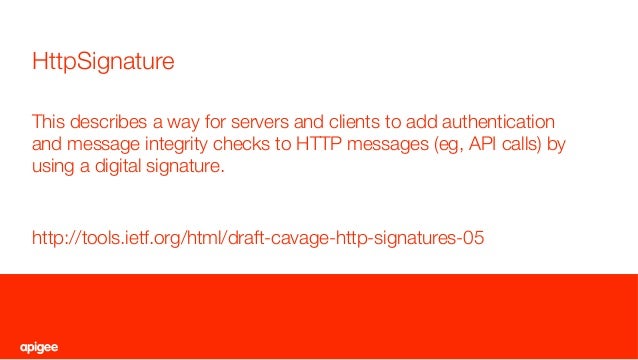Key Generation Algorithm In Java
- Java Algorithms Examples
- Rsa Key Generation Algorithm In Java
- Key Generation Algorithm In Java Download
The Java KeyPairGenerator class (java.security.KeyPairGenerator) is used to generate asymmetric encryption / decryption key pairs. An asymmetric key pair consists of two keys. The first key is typically used to encrypt data. The second key which is used to decrypt data encrypted with the first key.
Public Key, Private Key Type Key Pairs
The KeyPairGenerator class provides getInstance method which accepts a String variable representing the required key-generating algorithm and returns a KeyPairGenerator object that generates keys. Create KeyPairGenerator object using the getInstance method as shown below. Symmetric algorithms require the creation of a key and an initialization vector (IV). The key must be kept secret from anyone who should not decrypt your data. The IV does not have to be secret, but should be changed for each session. Asymmetric algorithms require the creation of a public key and a private key. Assume we are given an algorithm, called ALG, which given EA(m) meA (mod nA) can nd the message mfor 1 100 of the possible cryptograms. Show a polynomial random algorithm which given EA(m) meA (mod nA) nds the message mwith probability 1 2 for every cryptogram in Z nA. C Eli Biham - May 3, 2005 393 Tutorial on Public Key Cryptography RSA (14). Assymetric Key Generation Using RSA Algorithm, how to generate Assymetric key using RSA, Assymetric key Source Code for Java, Java Examples with Source Code for.
The most commonly known type of asymmetric key pair is the public key, private key type of key pair. The private key is used to encrypt data, and the public key can be used to decrypt the data again. Actually, you could also encrypt data using the public key and decrypt it using the private key.
The private key is normally kept secret, and the public key can be made publicly available. Thus, if Jack encrypts some data with his private key, everyone in possession of Jack's public key can decrypt it.
Creating a KeyPairGenerator Instance
To use the Java KeyPairGenerator you must first create a KeyPairGenerator instance. Creating a KeyPairGenerator instance is done by calling the method getInstance() method. Here is an example of creating a Java KeyPairGenerator instance:
The getInstance() method takes the name of the encryption algorithm to generate the key pair for. In this example we use the name RSA.
Initializing the KeyPairGenerator

Depending on the algorithm the key pair is generated for, you may have to initialize the KeyPairGenerator instance. Initializing the KeyPairGenerator is done by calling its initialize() method. Here is an example of initializing a Java KeyPairGenerator instance:
This example initializes the KeyPairGenerator to generate keys of 2048 bits in size.
Generating a Key Pair
To generate a KeyPair with a KeyPairGenerator you call the generateKeyPair() method. Here is an example of generating a KeyPair with the KeyPairGenerator:
Thank you for visiting OWASP.org. We recently migrated our community to a new web platform and regretably the content for this page needed to be programmatically ported from its previous wiki page. There’s still some work to be done.
Java Algorithms Examples
- RSA
- Diffie-Hellman – default keylength 1024 bits
Hashing / Message Digest Algorithms implemented by SunJCE
- MD5 – default size 64 bytes
- SHA1 - default size 64 bytes
Examples
SecureRandom
SecureRandom class is used to generate a cryptographically strong pseudorandom number by using a PRNG Algorithm. The following are theadvantages of using SecureRandom over Random. 1. SecureRandom produces acryptographically strong pseudo random number generator. 2. SecureRandomproduces cryptographically strong sequences as described in RFC 1750:Randomness Recommendations forSecurity